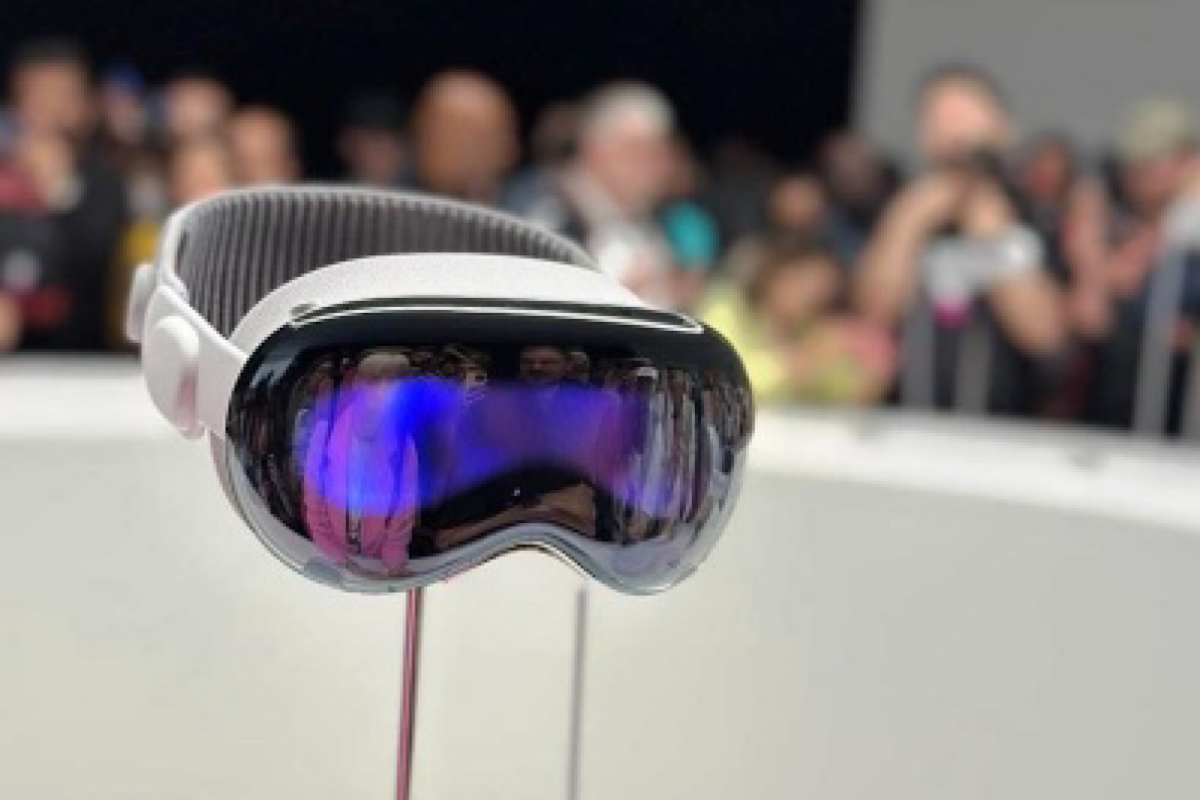In a significant move that could have far-reaching implications for the augmented reality (AR) and virtual reality (VR) headset industry, the United States has approved the use of the faster 6 GHz band. This decision is poised to supercharge the development and adoption of AR-VR technologies, offering faster and more seamless experiences for users.
Key Highlights:
- The US government has granted access to the 6 GHz band for unlicensed use, allowing faster data transmission and reduced latency.
- This development is expected to significantly benefit the AR-VR headset industry, enabling more immersive and responsive experiences.
- Manufacturers can now leverage the 6 GHz band to create headsets with higher resolution, greater interactivity, and reduced motion sickness.
- The move aligns with the global push towards expanding the capabilities of AR-VR technologies and their applications in various fields.

In a move that has been eagerly anticipated by tech enthusiasts and industry experts, the US Federal Communications Commission (FCC) recently announced its decision to open up the 6 GHz band for unlicensed use. This decision marks a critical milestone in the development of AR-VR technologies and promises to enhance the user experience in unprecedented ways.
Unleashing the Power of 6 GHz
The 6 GHz band is known for its ability to support faster data transmission and reduced latency. With this band now available for unlicensed use, AR-VR headset manufacturers can harness its potential to deliver more immersive and responsive experiences to users. This includes:
- Higher Resolution: The increased bandwidth of the 6 GHz band allows for higher-resolution displays in AR-VR headsets, providing users with sharper and more detailed visuals.
- Greater Interactivity: Reduced latency means that users can interact with virtual environments in real-time, making AR-VR experiences more interactive and engaging.
- Reduced Motion Sickness: Faster data transmission and lower latency contribute to reducing motion sickness, a common issue in VR experiences.
A Boost for AR-VR Innovation
The decision to open up the 6 GHz band aligns with the global push to expand the capabilities of AR-VR technologies. This technology is not limited to gaming; it has applications in fields such as healthcare, education, remote work, and training. The improved performance made possible by the 6 GHz band could open doors to new and innovative use cases.
Global Implications
While the US has taken a significant step in supporting the AR-VR industry, this decision also has global implications. It is likely to encourage other countries to consider similar moves, ultimately fostering international cooperation in advancing AR-VR technologies.
Challenges and Considerations
However, as with any significant technological shift, there are challenges and considerations to address. The increased use of the 6 GHz band for AR-VR applications could lead to increased congestion in the spectrum. Ensuring fair and efficient allocation of the band’s resources will be critical to avoid interference and maintain a high-quality user experience.
In conclusion, the US decision to open up the 6 GHz band for unlicensed use is a significant development for the AR-VR headset industry. It paves the way for faster, more immersive, and responsive experiences, benefiting not only gaming but also various other sectors. As this technology continues to evolve and expand, the possibilities for AR-VR applications are limited only by imagination.

























Add Comment